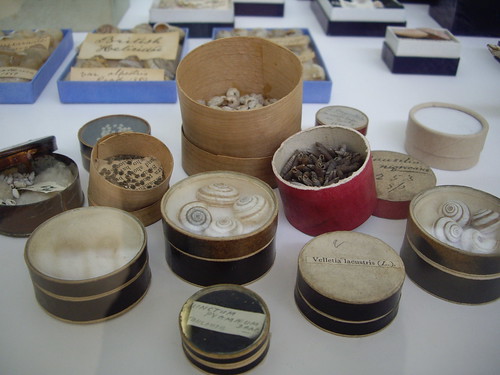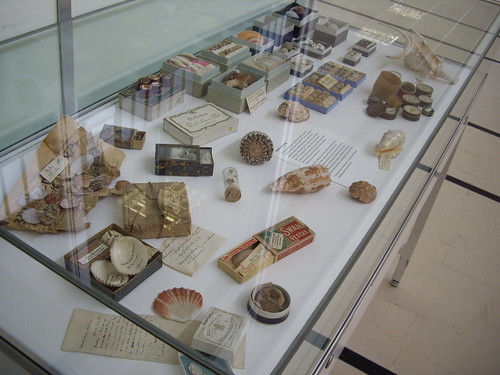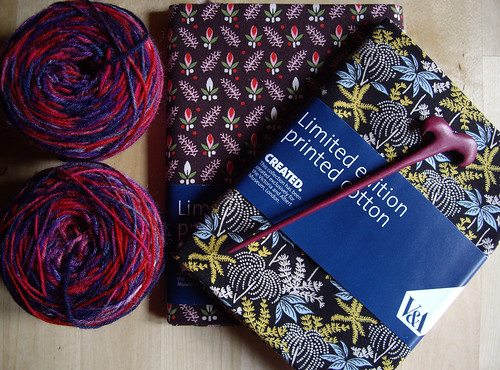These seashells, part of an original Victorian collection, are now on display in the Cole Museum of Zoology. The Museum had recently acquired four new display cases, and the volunteers were asked to fill them! The new cases now contain examples of fossil fish, specialisation in bird skulls, variation in beetles and my Victorian seashells.
These are some of the boxes containing the tiniest little shells, complete with original handwriting on the boxes, and newspaper underneath. Some of them list the place and date of collection, others have only the species name.
I didn’t manage to get a very good photo of the entire display because of the lights reflecting on the glass, but it shows the difference between amateur and professional collections, and the variety of boxes that the shells were packed into. I wrote a little bit of information about the history of shell collecting, and Amanda (the Cole Museum Curator) added some more about the current laws regarding bringing seashells home from other countries. (If in doubt – don’t!)
I really enjoyed rummaging (carefully!) through the Cole Museum’s shells to pick out just a few for this display case. They’re still in the process of being cleaned and catalogued, and there are some real beauties.




